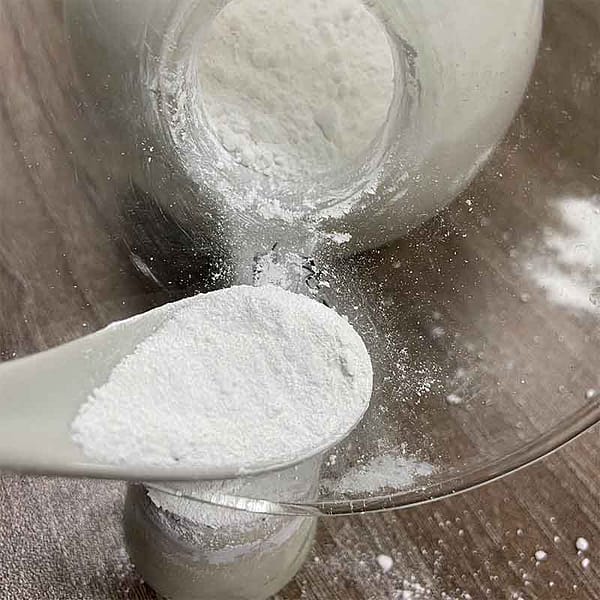Titanium dioxide (also called TiO2, white titanium or Pigment White 6 – PW6)) is a star in many industries. It’s particularly popular in paints, rubber, plastics and paper. The versatile chemical is famous for its stunning white pigment. It plays an important part in the transformation of raw materials into vibrant, finished products. We will examine the fascinating properties and applications of titanium oxide as well as its production process to understand how it affects the various industries.
The Canvas of Titanium Dioxide, A Palette of Possibilities
Titanium dioxide is an important element in the manufacturing of many products, contributing to the aesthetic appeal and function of items we encounter daily. Pigment White 6 is used to make paints. It offers a vibrant and opaque white that increases the vibrancy of artistic and industrial processes.

In the world of plastics titanium dioxide is a key component. It not only provides color, but can also function as stabilizing UV agent and protects against the harmful effects induced by ultraviolet radiation. This dual function makes it an important component of many plastic products such as packaging materials to durable outdoor items.
The Manufacturing Alchemy – Titanium Dioxide Production Processes
Two main processes are used to produce of titanium oxide, namely the sulfuric acid method, and the chlorination-acid technique. Each method has its distinct intricacies and applications, contributing to the versatility of titanium dioxide across different industries.
Sulfuric Acid Method – This method involves the reaction of titanium-bearing ore and sulfuric acid. It results in the solution of titanium sulfate. This solution is later hydrolyzed in order to produce hydrated Titanium dioxide. The product that is produced, after calcination, is a fine white powder ready to be incorporated into many applications, especially in the paint and paper industries.
The Chlorination Method In contrast by using chlorine gas this technique works by combining titanium-bearing mineral to produce titanium tetrachloride. Through several chemical transformations that result in the oxidation of titanium tetrachloride into pure titanium dioxide. This process is a major factor in the manufacturing of titanium dioxide for the plastics and rubber industries.
The Art and Science of Titanium Dioxide Applications
Painting Brilliance Across Industries: Titanium dioxide’s importance in the painting industry is unmatched. The capability of titanium dioxide to create a vivid white, crisp color, and great coverage which makes it a perfect choice for industrial and residential applications. Its brilliance is not just aesthetic, but practical also. It enhances the longevity of painted surfaces.
Shaping Plastics with Radiance: In plastics, titanium dioxide serves a dual purpose. Beyond its role as a white pigment, it functions as an UV stabilizer, providing essential protection against the damaging impacts of sunlight. Titanium dioxide is thus an essential component of the production process for outdoor plastics since it is a guarantee that they will maintain their structural integrity and visual appeal over time.
In the paper business,, titanium dioxide helps to improve the transparency and clarity of products made of paper. The addition increases the luminosity of the paper, making printed materials more vivid and more readable. The role of titanium dioxide in the paper-making process goes beyond aesthetics. It’s crucial in increasing the quality of printed material.
The rubber’s resilience, as well as UV resistance The rubber industry has the ability to benefit from the UV resistance of titanium dioxide. Titanium dioxide is used in the production of rubber products exposed to the sun and ensures the longevity and quality of products made from rubber.
Beyond Pigment The Invisible Impact of Titanium Dioxide
Although the influence of titanium dioxide is visible as a coloring agent, it’s much more than the visible coloration. Its ability to improve the strength, durability and endurance of different products in various industries makes the compound an invisible but vital element in the functionality and quality of final products.
Titanium dioxide is a material that has an enormous impact on a variety of industries. It effortlessly blends into the fabric of their industry. It is also known as Pigment White 6, it paints brilliance across canvases as well as industrial. The two processes of chlorination and sulfuric acid unveil the alchemy behind the production of this pigment, which allows for an array of uses. The harmonious blend of science and art in manufacturing is evident when titanium dioxide enhances the appearance of papers, increases paint’s appearance, and protects plastics from ultraviolet radiation, or shields rubber. Its brilliance illuminates the everyday, creating an array of products that have an enduring impact and radiant radiance.